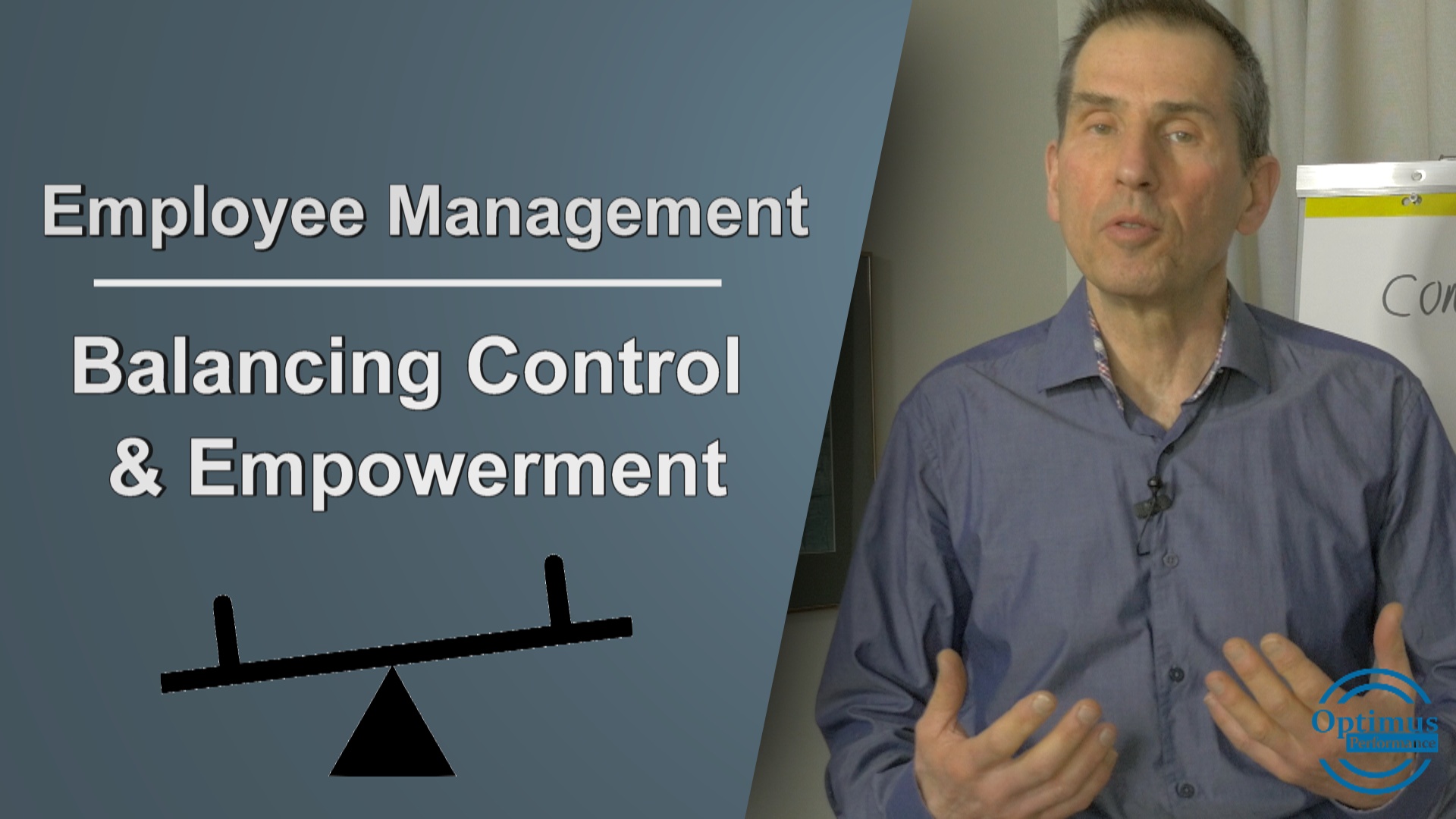Writing a good job description is essential for hiring the right person for the job. It makes it clear what you are looking for and tells your candidates what the job entails.
I have written and made videos about how to write a job description and provided a template form to download for this purpose. But the world is evolving, and companies are being more specific about the type of person they are seeking, especially for management positions.
Many companies are putting greater emphasis on building a more people focused culture that puts the wellbeing of employees as a high priority. Companies like CGI with 68,000 employees worldwide puts on an annual global event called Walk Around the World as part of their commitment to employee wellness.
In 2017 Glassdoor named Shopify as the number one place to work in Canada. According to Konval Matin, director of culture at Spotify, “Everyone we hire adds something unique to our culture that wasn’t previously there”. Creating a culture of trust is a core value of the company and they strive to hire outstanding people who can help the company grow.
I write and talk a lot about leadership and teamwork and creating a culture of collaboration. So, it’s important when writing a job description to put greater emphasis and importance on these people type skills and personal qualities. Even if someone does not possess all the skills or attributes to reflect your values, at least you want to know that they are coachable and willing to learn and grow in this way.
Someone sent me this link to a job posting that defines the qualities the company is seeking for a management role. It shows the importance they are placing on interpersonal skills that reflect the culture they want to build in their company. This is reflected in the professional requirements section, which is quite detailed.
Here is an extract and I have highlighted specific requirements that I find interesting.
- Bachelor’s Degree in business administration, commerce or science.
- MBA preferred.
- 10 years or more experience in 3-tier winery sales and marketing.
- 5+ years in a senior management position of a winery with proven ability to be an effective, innovative, and enthusiastic leader. Collaborate with key stakeholders within the Okanagan Valley wine and business community, Okanagan Valley wine community, and national wine community to include winery customers, industry, trade, and media.
- Passion for in-depth knowledge of wine and wine production. BC Experience, WA State and WW Valley a plus.
- Significant exposure to and proven success in the areas of employee management, sales management, expense management, inventory management, reporting, and forecasting.
- Significant experience in strategic planning. Ability to formulate a plan for long-term success and gain support for the vision and plan implementation.
- Understands family-run business with a corporate culture and organizational structure.
- Ability to work with Consultants when necessary, ability to be humble and collaborate with others.
- Strong communication skills – being a good listener, concise communicator, and understands the importance of open and direct conversations.
- Boardroom quality, polished public speaking and presentation skills.
- Strong human resources experience including compensation, benefits, employee recruitment, hiring, coaching, discipline, and termination.
- Valid driver’s license; physical ability to travel both by car and plane.




